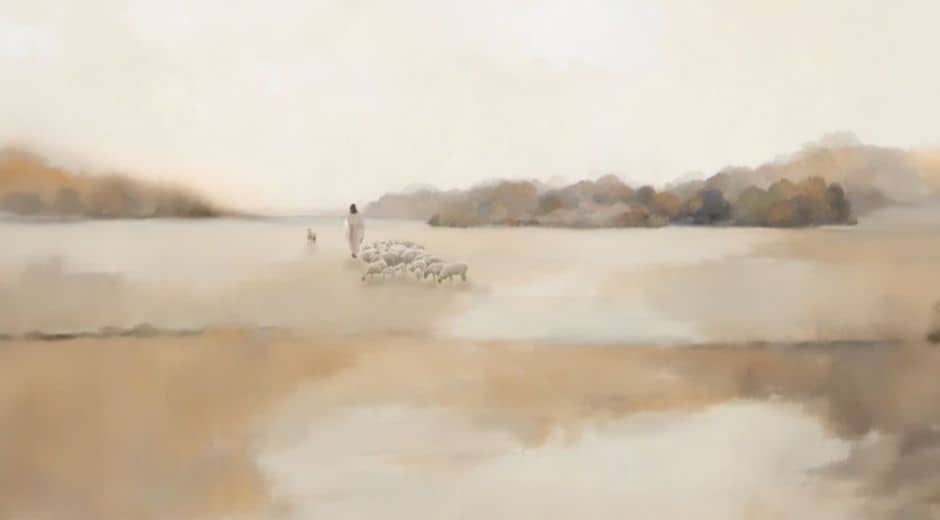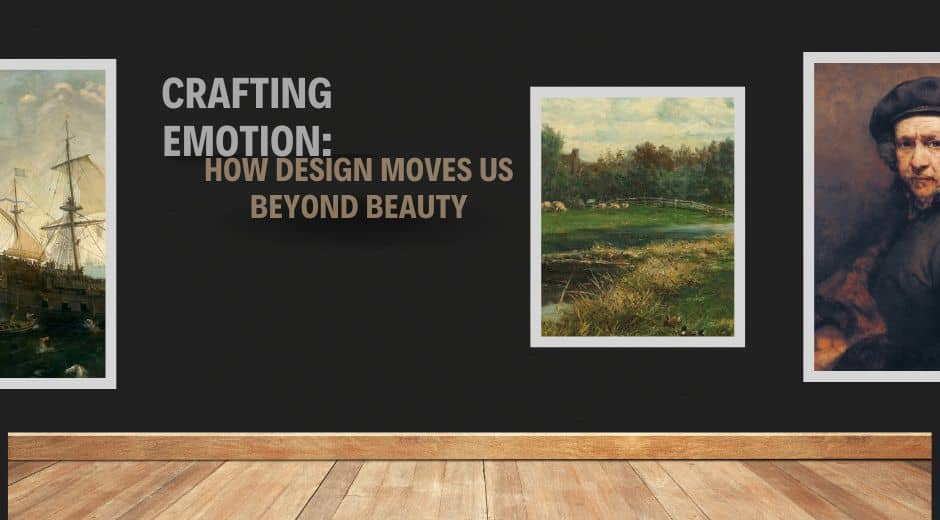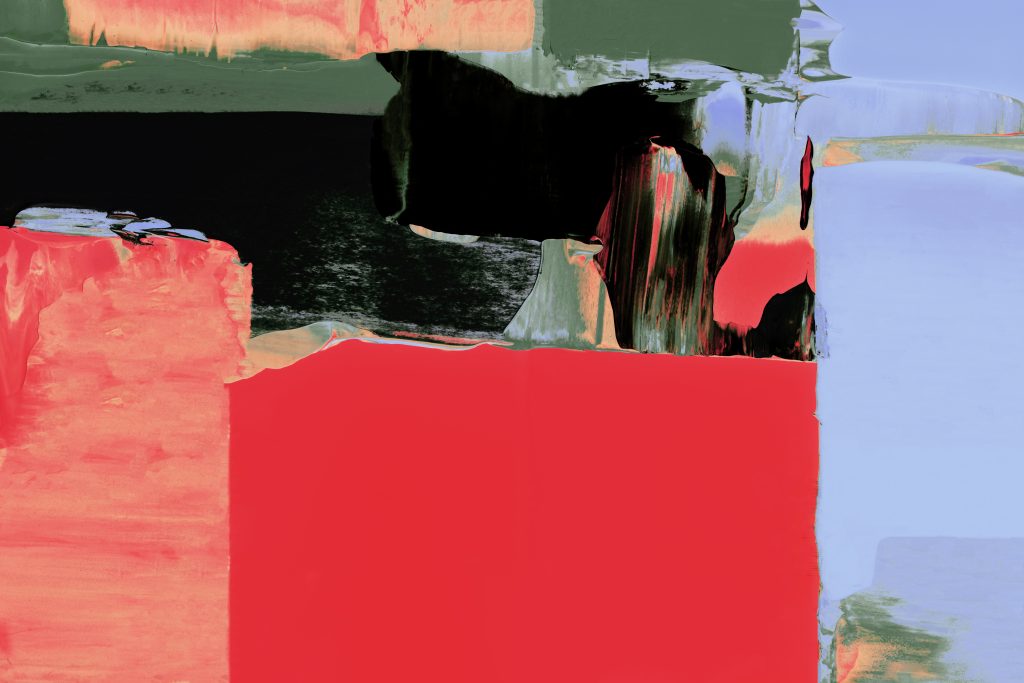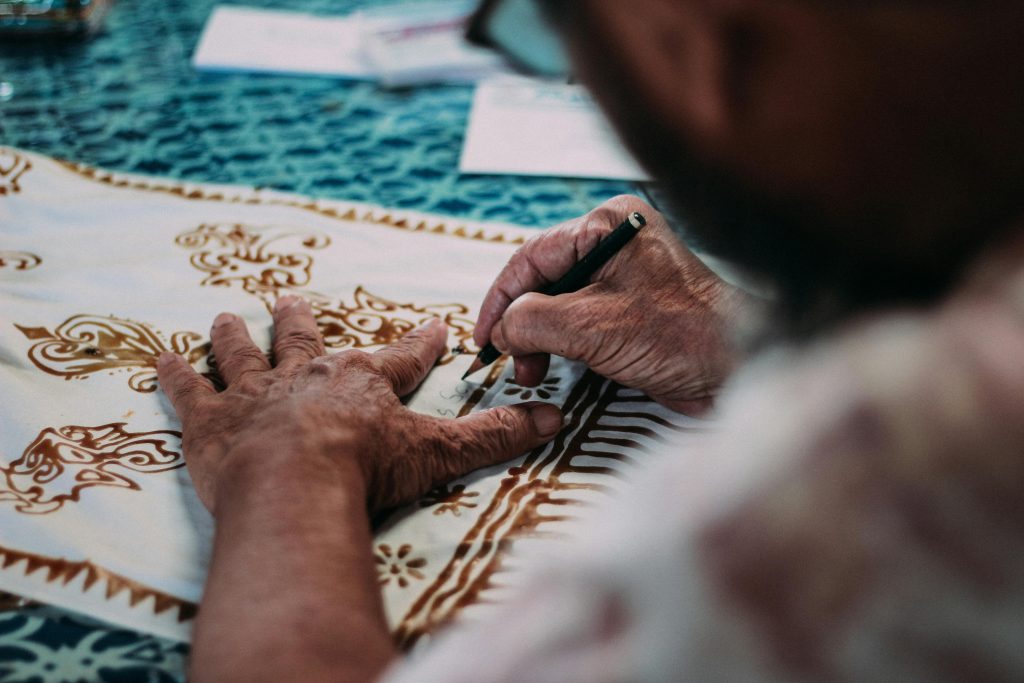Contrast: The Secret Power Behind Striking Design
Every piece of design that captures attention, whether a painting, an architectural masterpiece, or a digital layout, has one unspoken element in common — contrast. It’s the invisible force that gives life to visual expression, the tension that draws the eye, and the balance that keeps it there.
Without contrast, visuals lose clarity and impact. With it, art becomes more than decoration; it becomes communication. Contrast defines relationships between shapes, colors, textures, and ideas. It transforms design from static into dynamic, guiding perception and emotion simultaneously.
In design and aesthetics, contrast is not just about difference — it’s about direction, intention, and storytelling through visual opposition.
Understanding Contrast in Design
At its essence, contrast means placing opposing elements together to emphasize their differences. It’s how black defines white, how softness highlights structure, and how silence gives weight to sound.
In design, contrast helps establish hierarchy and focus. The eye naturally gravitates toward difference — the brighter object, the darker tone, the sharper edge. That attraction is what designers use to lead a viewer’s attention with precision.
Every great museum piece, every iconic poster, and every memorable photograph owes part of its power to this single principle.
The Many Faces of Contrast
Contrast manifests in countless ways across art and design. The most recognized include:
-
Color Contrast – The interplay of light and dark, warm and cool, vibrant and muted hues.
-
Value Contrast – The relationship between brightness and shadow, defining form and volume.
-
Shape Contrast – Organic curves against geometric angles, creating visual tension.
-
Size Contrast – Large versus small, amplifying perspective and depth.
-
Texture Contrast – Smooth versus rough, glossy versus matte, adding sensory variety.
-
Conceptual Contrast – Combining opposing ideas, like chaos and order, to convey emotion or irony.
Each type invites different reactions, allowing artists and designers to craft experiences rather than just visuals.
Contrast as a Tool for Focus
In crowded compositions, contrast provides clarity. It determines what stands out and what fades into the background.
A designer might use a bold color against a muted palette to draw focus, or a crisp line against a soft blur to create hierarchy. This technique isn’t about aesthetics alone; it’s psychological. The human brain is wired to notice difference first.
That’s why museum exhibitions, advertising campaigns, and even website layouts all rely on contrast to guide attention. The eye doesn’t just see contrast — it feels it.
Color Contrast: The Soul of Visual Impact
Color contrast remains one of the most expressive tools in visual design. From the bold juxtapositions of pop art to the subtle gradients of modern minimalism, color relationships define emotion.
Warm tones (reds, oranges, yellows) create energy and intimacy, while cool tones (blues, greens, purples) evoke calm and distance. When placed side by side, they vibrate visually — creating tension and harmony at once.
Designers often use complementary colors (opposites on the color wheel) for maximum intensity, or analogous colors for softness and unity. Both techniques rely on contrast, just in different emotional registers.
According to The Smithsonian Design Museum, color contrast is one of the most studied principles in visual psychology because it directly influences emotional response and brand recognition. (External source: Smithsonian Design Museum)
Contrast and Balance: Finding Harmony in Opposition
True beauty in design lies not in extremes but in balance. Contrast doesn’t exist to create chaos; it brings harmony through controlled tension.
Consider a room that pairs dark wood with light linen, or a painting that juxtaposes heavy strokes with delicate lines. These opposites don’t clash — they complement. They remind the viewer that difference can coexist gracefully.
Balance in design is achieved when contrasts feel deliberate, not accidental. It’s the difference between discord and rhythm, confusion and intrigue.
Contrast in Museum Curation
Curators often design exhibitions around contrast to enhance visitor engagement. A modern piece displayed beside a historical artifact, or a vibrant installation next to a subdued one, sparks reflection.
These pairings encourage dialogue across eras and styles. They remind audiences that art is a continuum of opposites — innovation and tradition, chaos and order.
For deeper exploration of exhibition design and visual arrangement, you can explore more at MuseaTime.
Contrast in the Digital Age
Digital design depends heavily on contrast for accessibility and usability. High-contrast interfaces improve readability and user experience, while subtle gradients enhance elegance.
Designers must balance aesthetics with practicality, ensuring inclusivity for all viewers, including those with visual impairments.
Contrast in web design isn’t only visual — it’s emotional, creating atmosphere through balance, light, and tone.
To better understand the human side of perception and digital creativity, you might explore discussions on https://coolparentingtips.com/, where visual learning and environmental stimuli are often linked to cognitive development.
Conclusion: The Art of Difference
Contrast is more than a principle — it’s the heartbeat of visual creation. It gives clarity to complexity and beauty to difference.
From museum halls to modern interfaces, from ancient frescoes to digital canvases, contrast shapes how we perceive the world.
It teaches that design isn’t about perfection, but about balance — where opposites coexist to create something extraordinary.
For ongoing insights into art and design evolution, explore the full collections at https://museatime.com/.
Contrast reminds us that difference doesn’t divide — it defines.
Inspiration Expression Eternity

Shaping Atmosphere: How Visual Choices Transform a Space
A space changes instantly through form, color, shadow, and arrangement. Explore how thoughtful visual decisions influence mood and elevate everyday interiors.

Shaping a Scene: How Structure Guides the Eye
Every sketch benefits from structure. By guiding the viewer’s eye with thoughtful arrangement, illustrators create pieces that feel intentional, balanced, and visually inviting.
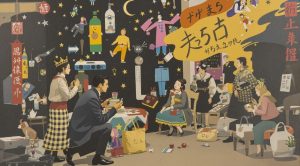
How Traditions Evolve Through Modern Life
Traditions don’t disappear as time passes — they shift, adapt, and take on new forms. Explore how modern life reshapes long-standing customs while keeping their spirit alive.





